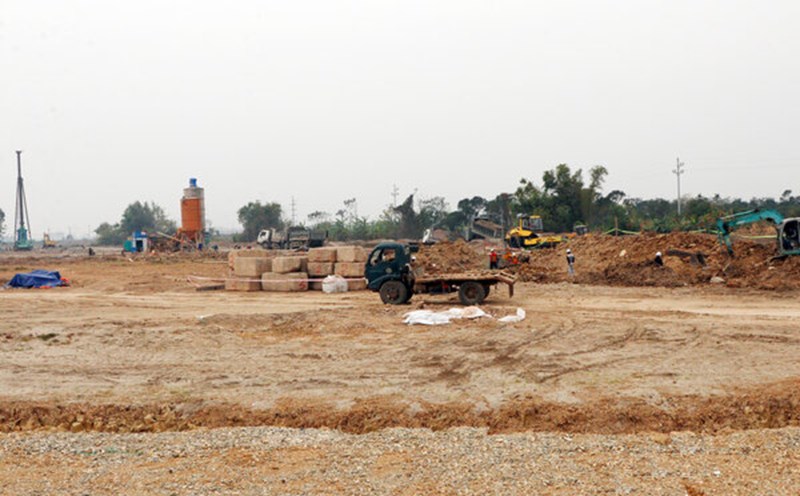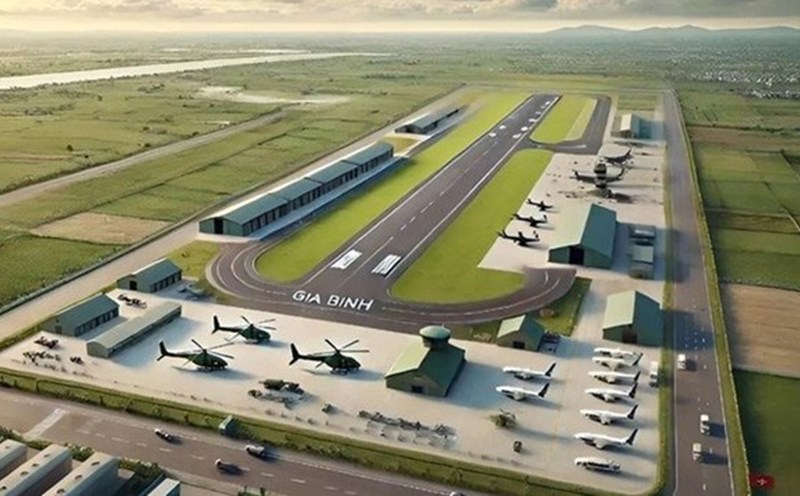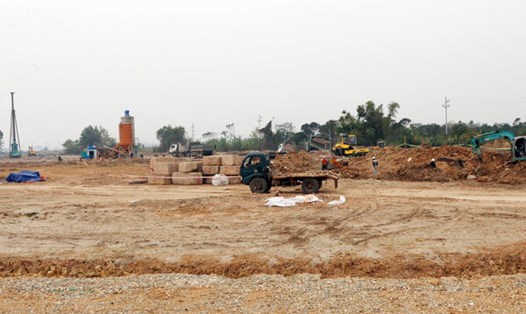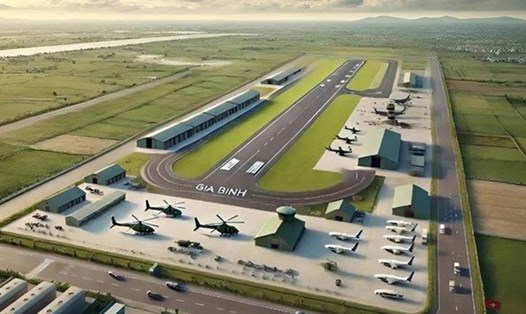Minister of Transport Tran Hong Minh signed document No. 142 / QD-BGTVT approving the adjustment of the Master Plan for the development of the national airport system for the period 2021-2030, with a vision to 2050.
According to the above decision, the Ministry of Transport added Gia Binh International Airport to the National Airport System Planning for the period 2021-2030, with a vision to 2050.
The planning targets are as follows:
Airport name: Gia Binh International Airport.
Airport scale and level: 4E.
Province, city: Bac Ninh.
Expected designed capacity: about 1 million passengers/year for the period 2021-2030.
About 3 million passengers/year with a vision to 2050.
Expected land area: about 363.5 ha.
Estimated investment costs according to the plan: about 17,682 billion VND for the period 2021-2030; about 12,083 billion VND for vision to 2050.
The above decision adjusts Clause 2, Section IV, Article 1 as follows: The expected land area occupied by the overall planning of the airport system by 2030 is about 24,195 hectares. Adjust the demand for investment capital to develop the airport system by 2030 by about 438,000 billion VND, mobilized from the state budget, non-budgetary capital and other legal capital sources.
Other contents are maintained according to Decision No. 648/QD-TTg dated June 7, 2023 of the Prime Minister.
Decision No. 648/QD-TTg approves the Master Plan for the development of the national airport system for the period 2021 - 2030, with a vision to 2050.
Some notable points of this plan are as follows:
The goal by 2030 is to develop the airport system in a synchronous and modern manner, meeting the needs of transportation and extensive international integration; environmental protection, resource saving; ensuring national defense and security; improving the competitiveness of the economy, contributing to making our country basically a developing country with modern industry and high average income by 2030.
By 2050, 2 international air transport transport units will be formed at regional level.
Regarding transportation, the total passenger volume through airports is about 275.9 million passengers (accounting for 1.5-2% of the transportation market share and accounting for 3-4% of the total inter-provincial passenger volume).
The total output of goods passing through airports is about 4.1 million tons (accounting for 0.05-0.1% of the transport market share). Regarding infrastructure: priority is given to focusing on investing in a number of large airports, playing a role as units in the capital Hanoi (Noi Bai International Airport) and Ho Chi Minh City (Tan Son Nhat and Long Thanh International Airports); gradually upgrading and effectively exploiting existing airports, continuing to research and invest in new airports to increase the total design capacity of the airport system to meet about 294.5 million passengers, striving for over 95% of the population to be able to access airports within 100km.
Invest in infrastructure systems and flight management equipment in a synchronous, modern direction, on par with the area, meeting transportation needs. Gradually invest in logistics centers, flight training and training centers, aircraft maintenance and repair and equipment systems to ensure flight operations.
Vision to 2050, forming 02 international air transport unit transportation centers at the regional level in Hanoi and Ho Chi Minh City. Investing in the exploitation of new airports, striving for about 97% of the population to be able to access airports within a 100km range. Expanding and upgrading airports in regional economic centers, ensuring the needs of socio-economic development.
Invest in infrastructure systems and equipment to ensure flight operations, synchronously and modernly on par with international standards; form flight training, training, aircraft maintenance and repair centers and equipment systems to ensure modern flight operations.











